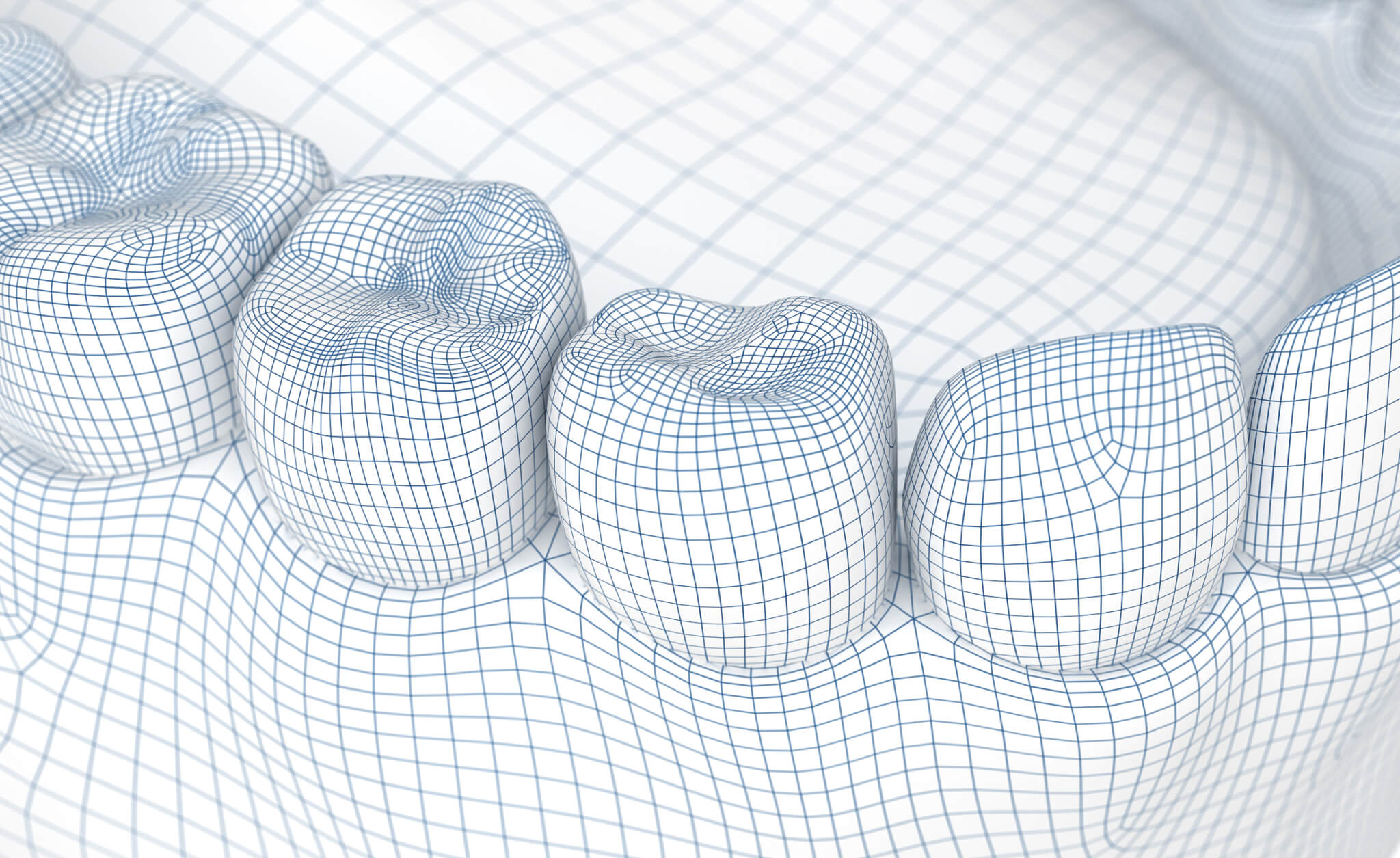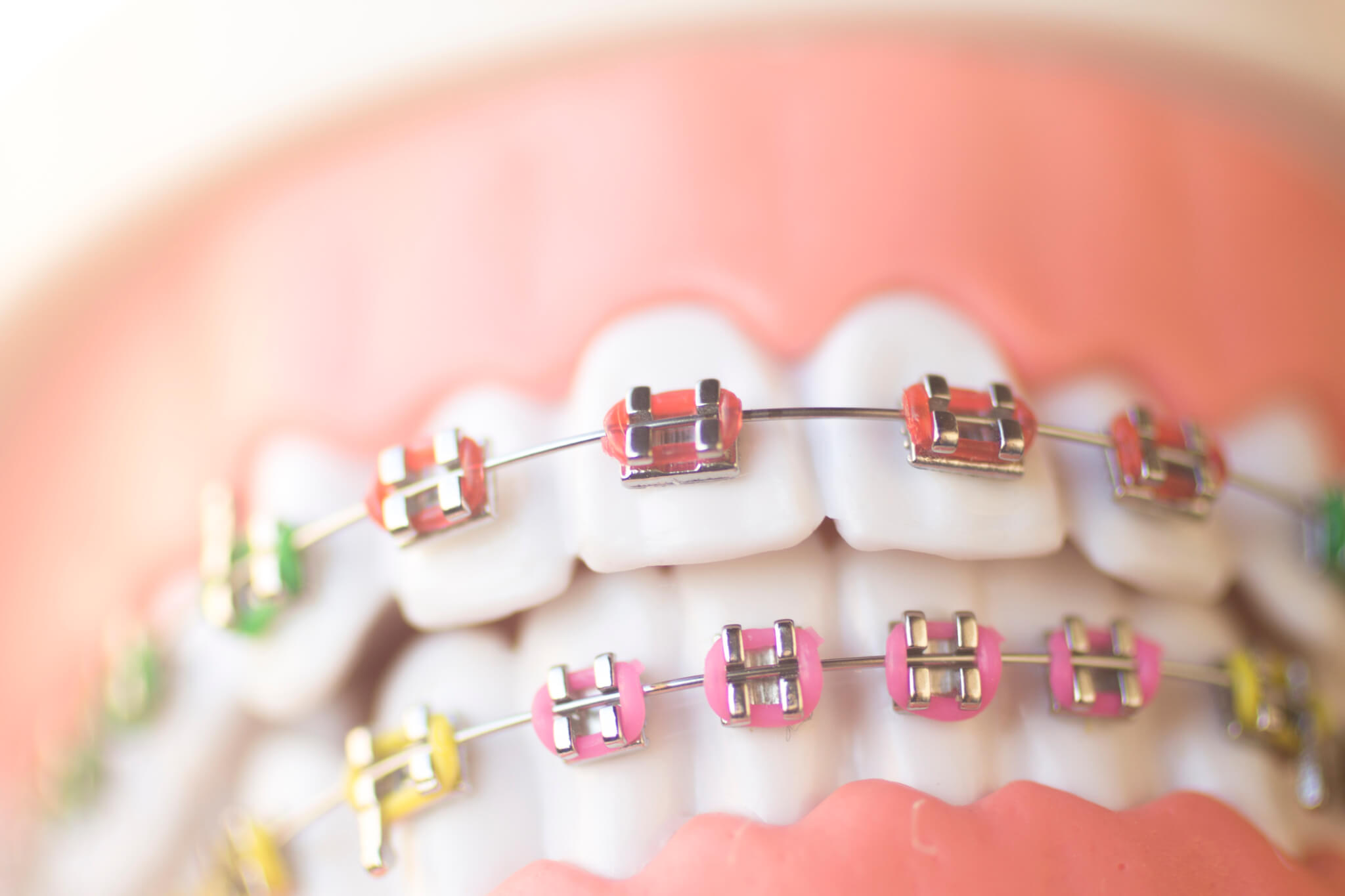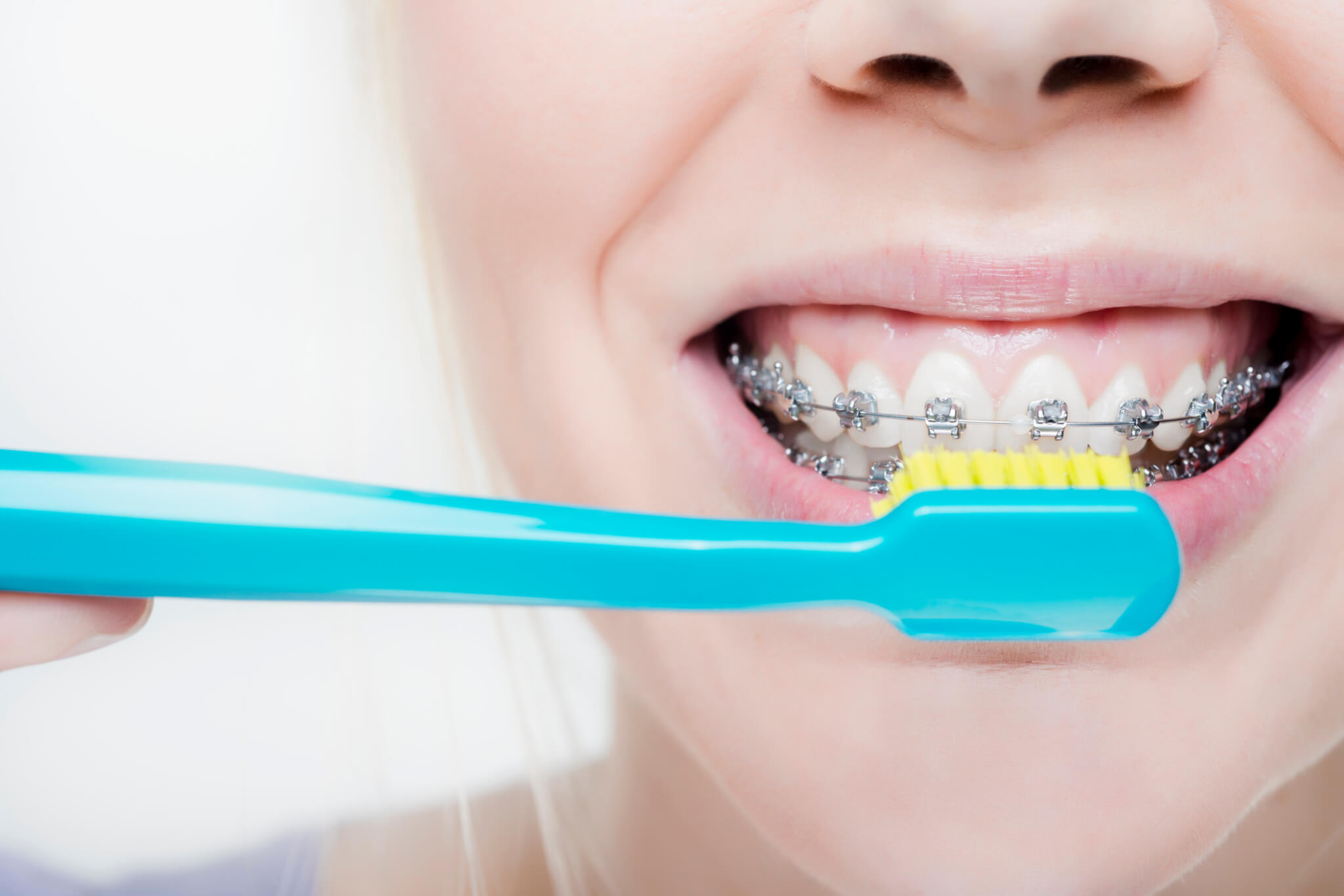
We spend a lot of time telling you when and how often to brush, as well as ways you can do it better. But we also ask ourselves and our staff the same question: How can we do our part better?
Anyone who grew up in the last century will remember what it used to be like — more frequent fillings, bigger x-ray machines, and noisier equipment. Not to mention those fluoride treatments that consisted of holding trays of goo in your mouth for hours. Okay, maybe more like 5 minutes, but it felt like forever.
Modern dentistry is progressing as fast as the rest of our society. While the basic principles remain the same, Drs. Meyer & Johns and our whole team of hygienists go out of their way to incorporate the latest techniques and technology into your treatment.
Happening Now
One of the greatest modern advances was the emergence of ceramic materials in dental work. From replacing the amalgam and metal fillings used for more than 100 years to the construction more-durable crowns and tooth replacements, these new composite materials do everything better. Recent progress includes refinements made to these materials, as well as advances in the tools and techniques used to apply them.
Our instruments and tools have gotten smaller along the way. Modern implant fasteners are far less invasive, allowing a more secure hold, less discomfort, and shorter recovery time. Likewise, technical advancements in our plaque removal tools allow our hygienists to provide a more thorough cleaning in less time.
On the Horizon
The forecast for dental advances includes further refinement of our processes and materials. Imaging technology will continue to improve, allowing earlier identification of problems, and more closely matching repairs to the original tooth shape. Other tech developments on the horizon will center around the application of existing technology to dental processes and procedures, including:
- Expanded use of lasers for non-surgical and whitening procedures
- 3D printing of dental crowns and dentures
- Advances in bio-coatings to protect teeth against bacteria
So it may be a while before we print out a tooth crown in our offices. But we are constantly looking for ways to apply new technology for a better dental experience to you and your family.

